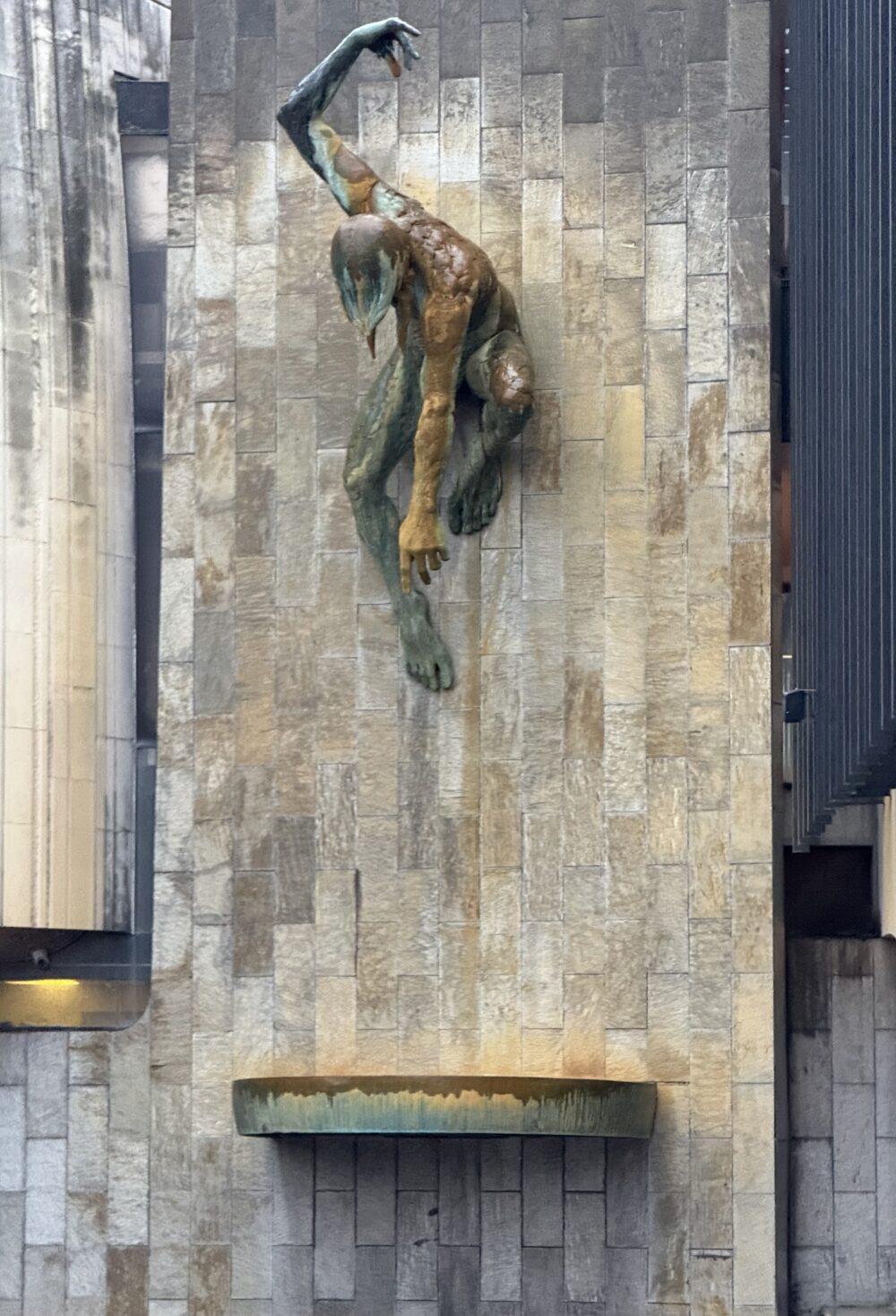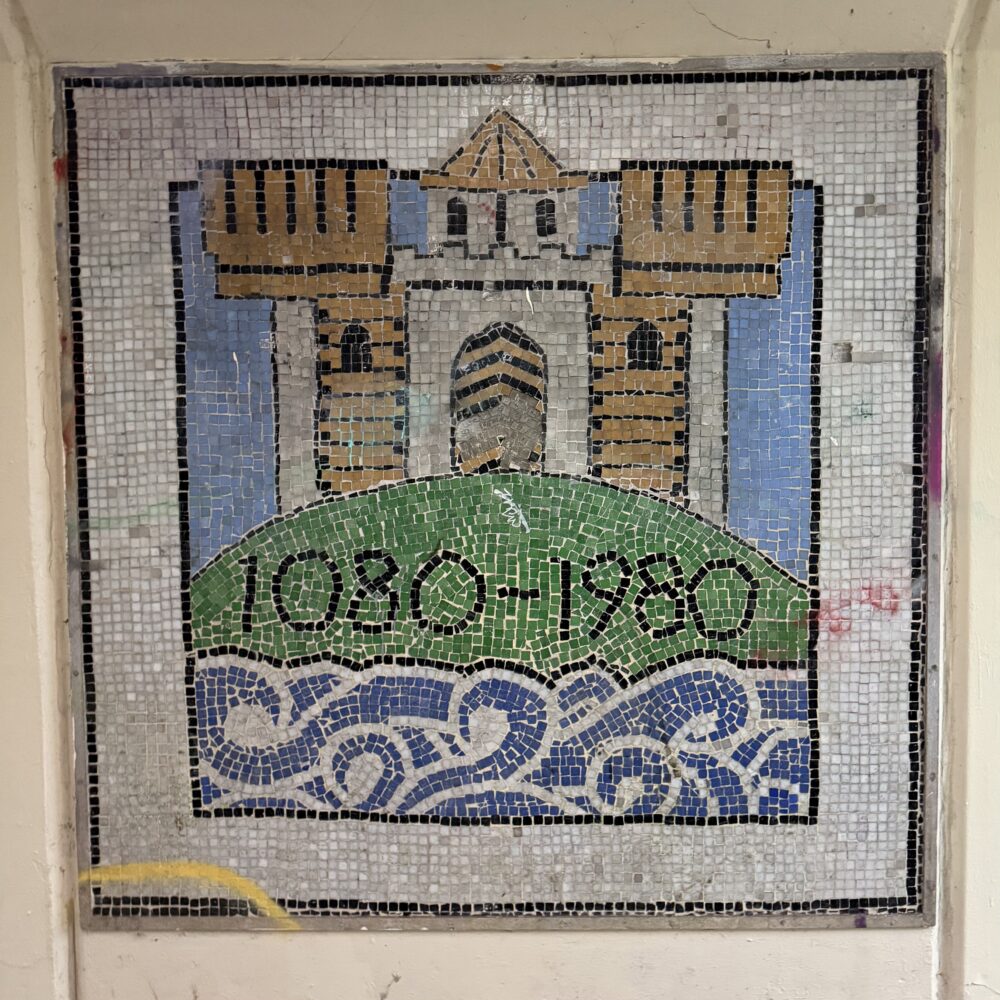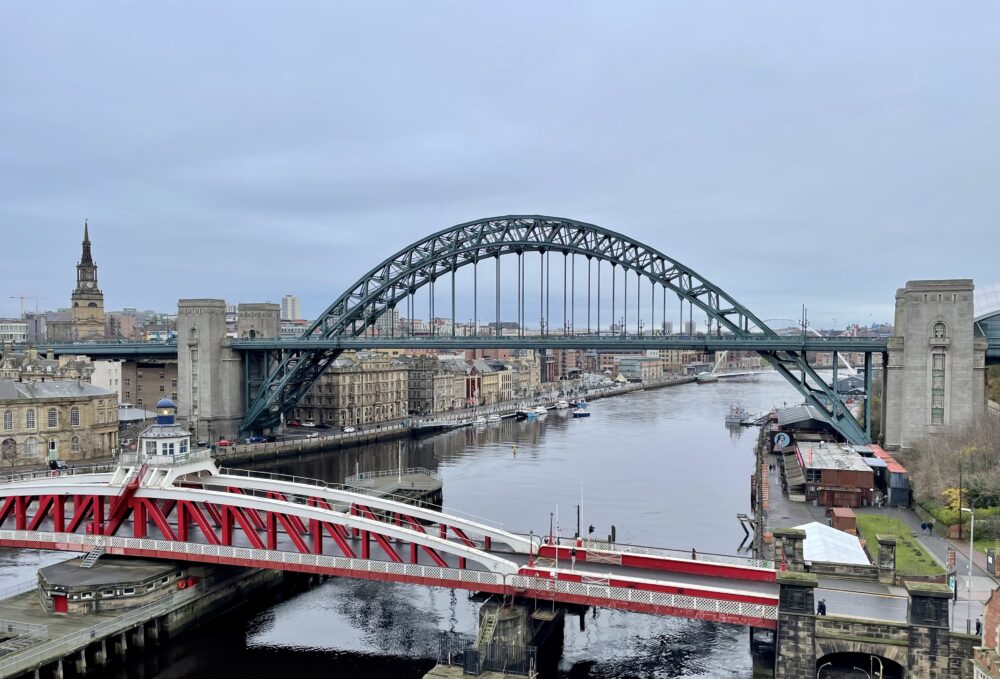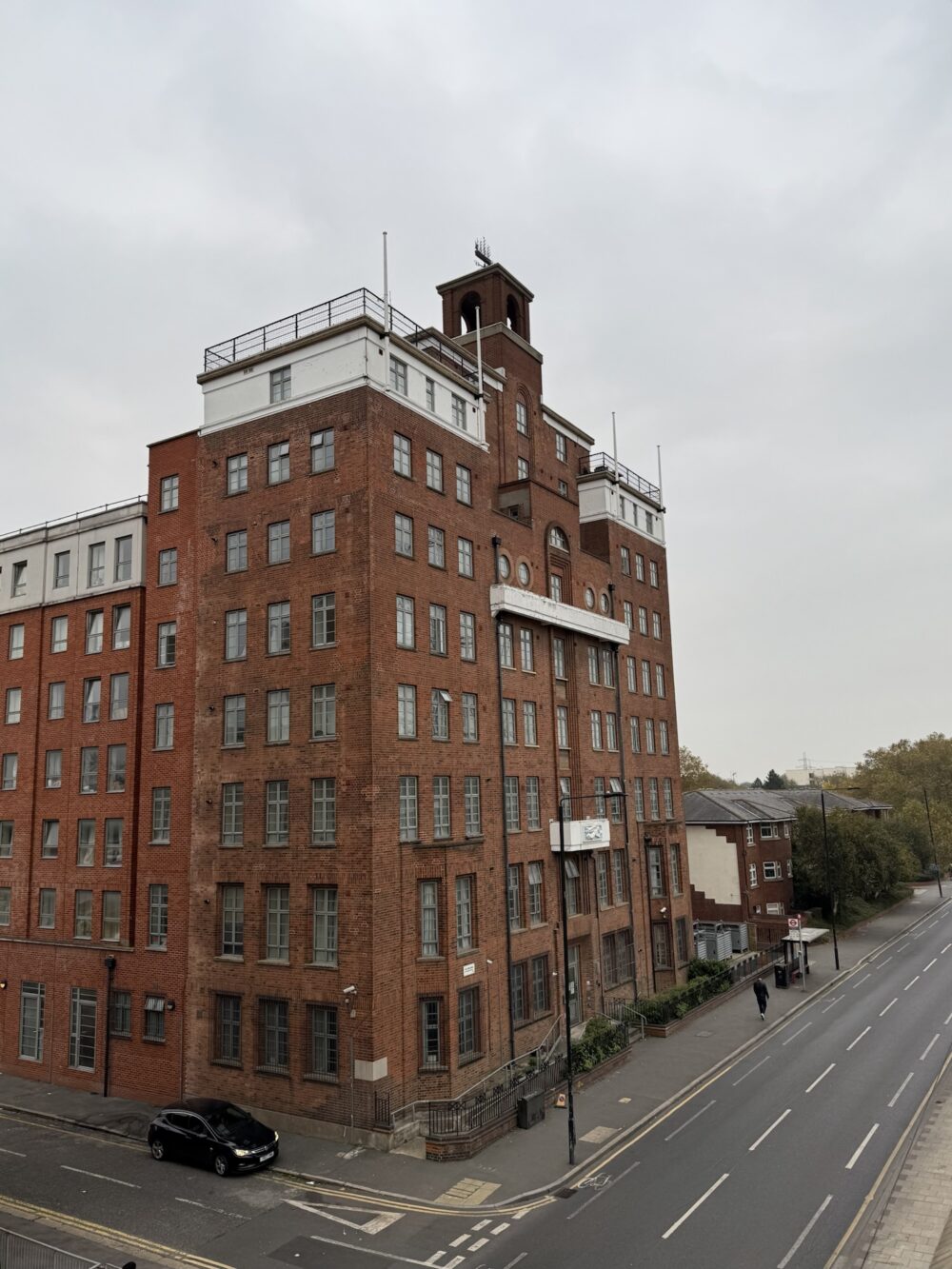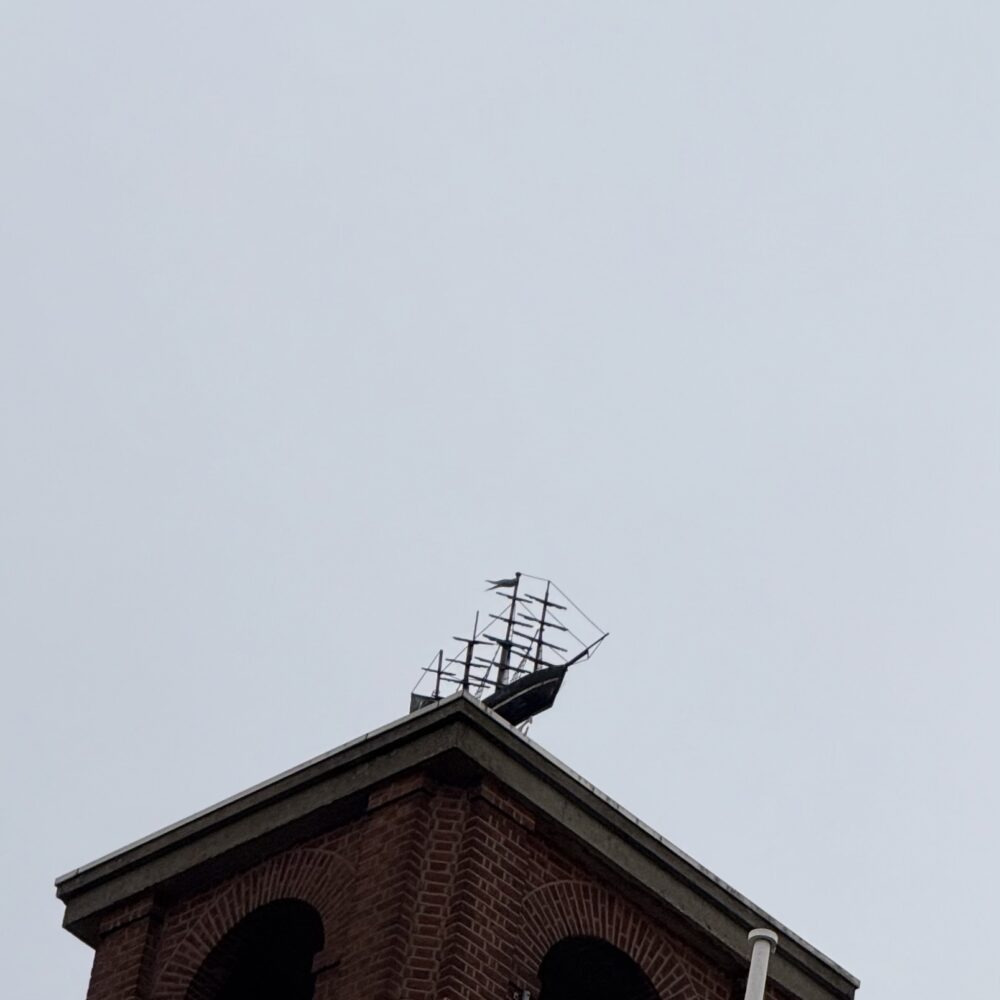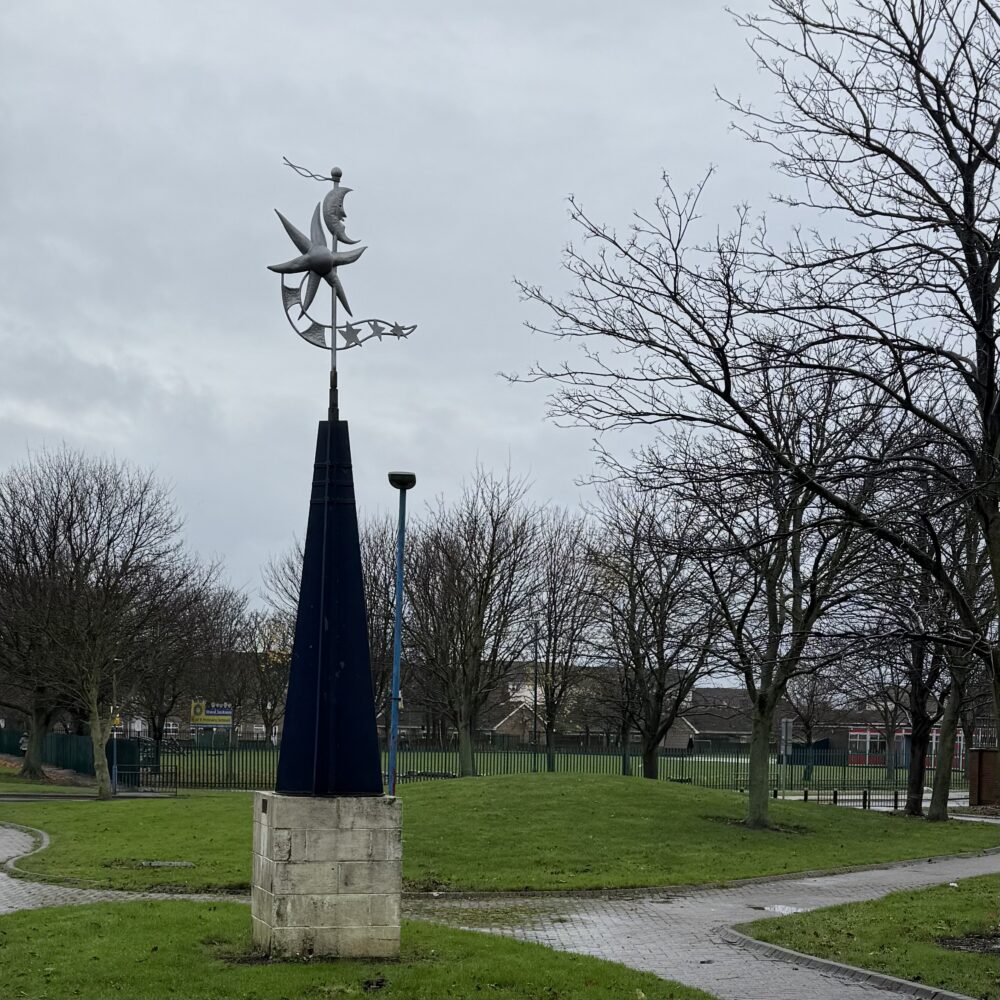241 words posted by Simon on 20 December 2024
Yesterday, in the context of the first passenger service of the new Metro train, I said:
with the UK’s public realm and infrastructure suffering from long term under-investment, it looks like we’ll be stuck with cascading sets of problems for years to come.
And how. By yesterday evening, the Metro network had been bisected: it has been judged unsafe for trains to travel in the tunnels which live under Gateshead’s 1960s flyover, which has been assessed as in danger of collapse.
This means that the Tyne can no longer be crossed by Metro. The works on the Tyne Bridge, as well as the flyover being closed, make road crossings of the Tyne in the city centre challenging, exacerbated by the closure of the High Level Bridge to most traffic some years ago.
The nearby Swing Bridge hasn’t swung in years, and the car park beneath the nearby Redheugh Bridge has been cordoned off because of the risk of bits of concrete dropping off it.
The Tyne Tunnels are restricted at weekends as one is needing maintenance closures to ’protect its long-term future’ only 13 years after its last nine-month refurbishment closure. The ferry across the Tyne has been closing early for weeks, and is expected to continue to do so for months, due to staff shortages.
I’ve said it before and I’ll say it again: I’m so lucky to be able to walk to work and avoid this chaos.
